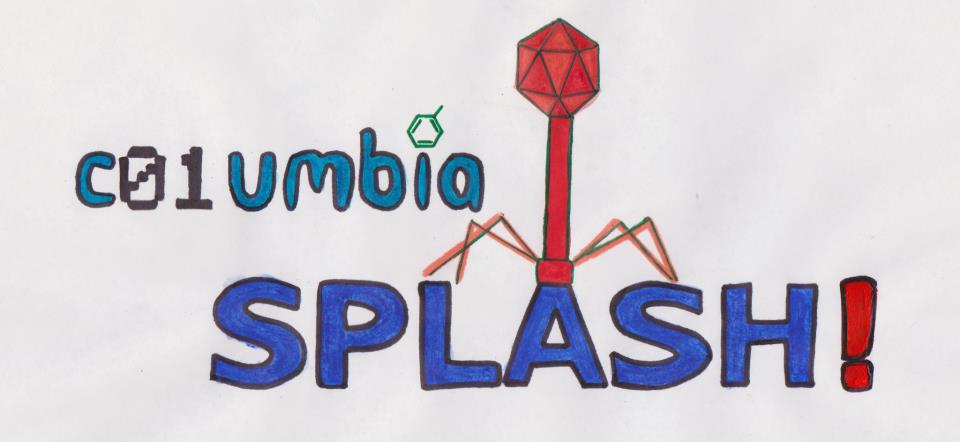Fall Splash! 2012 Course Catalog
List of current courses teachers have submitted.
Courses
Arts, Music and Performance
| Intro to Irish Step Dance Flo Doval, Physics & Astronomy, Class of 2015 |
Come learn how to dance a jig or a reel! In an hour long class you will see a demo performance and learn the basics of solo and partner dancing.
No prior dancing experience necessary!
Length: 50 minutes Grades: 9-12
Difficulty: * Enrollment: (25 max)
|
| The New York Art Experience Mariana Orbay, Art History & Chemistry, Class of 2015 |
Not your typical Art History class: a brief history of Art from Ancient to Contemporary through the use of New York's finest art museums and galleries.
No prior art knowledge necessary!
Length: 50 minutes Grades: 10-12
Difficulty: ** Enrollment: (10 max)
|
Literature, Language and Writing
Science!
| Solar Cell Fundamentals Zachariah Norman & Joshua Choi, Graduate Student, Department of Chemistry |
Solar power is on everybody's mind, but how do solar cells work and why isn't everything run by solar power already?
This course will explore what it means for light to be emitted or absorbed and how light energy can be harvested as electricity or stored chemical energy. We'll build a simple solar cell from berry-juice and titanium dioxide (white paint) and explore how it works. We will also briefly touch on the current challenges in solar technology.
Students should be familiar with basic concepts of energy and the atomic structure of matter to get the most of this course. However, students of all background are welcome.
Length: 1 hr 50 minutes Grades: 10-12
Difficulty: ** Enrollment: (10 max)
|
Thought, Culture and Society
| America the Radical Jackson Arn, English, Class of 2015 |
The Occupy Wall Streeters weren't the first Americans to march through the streets. In this class, we'll take a look at the United States during the 20th century, when society was electrified by men and women who fought for freedom, even as they were hated by most of the country. We'll examine the tactics that American radicals perfected, and discuss why some radical groups were successful, while others weren't. Get ready to learn about Malcolm X, unions, Martin Luther King, and how hippies actually accomplished something.
No strict prerequisites for this class, but some knowledge of American history will be helpful. More important is your willingness to pay attention, ask questions, and have fun!
Length: 1 hr 50 mins Grades: 9-12
Difficulty: *** Enrollment: (50 max)
|
Math and Computers
| Transforming Images: Hough does it work? Viktor Gamarnik & Guillaume David, Graduate Department of Biomedical Engineering |
| Have you ever wondered how a computer can recognize objects? Everyone knows computers can do math quickly, but what if we have a picture of some coins? Do you think it could count them efficiently? How difficult do you think it would be to teach it how to do that?
During this introductory class on image processing, we'll answer all these questions and show you that by seeing an image as a matrix, a mathematical object, a computer can actually extract a lot of information from a collection of pixels. Using simple euclidean geometry and some clever calculation, we'll see how an equation defining a circle could teach a computer to see circular shapes using the Hough Transform. If time allows, we will also look at how computers learn to see things all the way from the inside of your body to the surface of Mars! So come along, and have your first encounter with computer vision!
Prerequisites:
Students should be familiar with graphing functions and parametric equations. Some knowledge of programming will be helpful, but not required.
Length: 50 minutes Grades: 9-12
Difficulty: ** Enrollment: (50 max)
|
Sports and Hobbies
| Course Name |
| Course description |
Miscellaneous
| Course Name |
| Course description |
© 2012 Gladys Velez Caicedo


